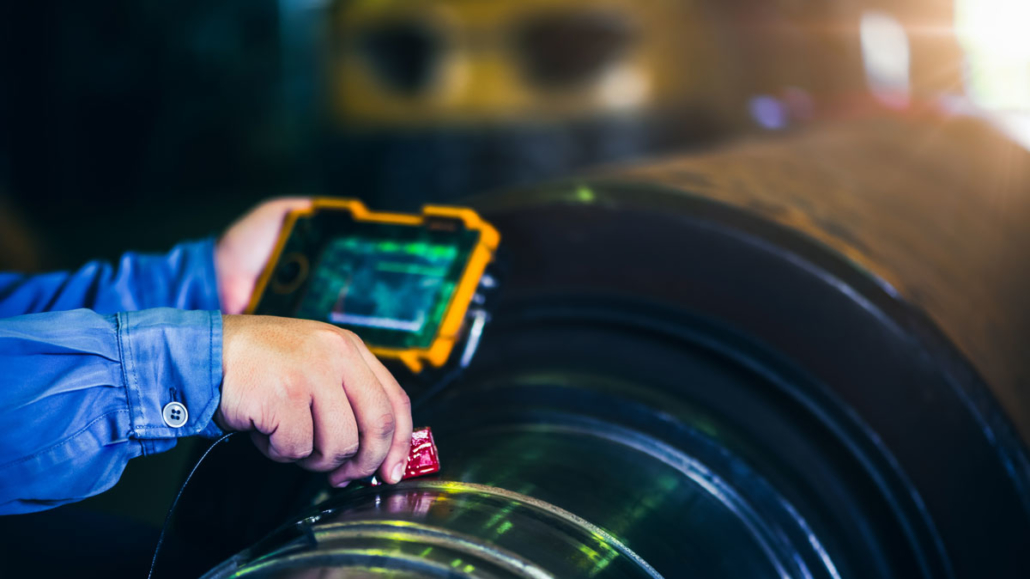Revealing the Diverse Series Of Welding Providers and Their Advantages
As industries proceed to demand and progress precision in their production procedures, the importance of welding services has actually ended up being increasingly obvious. From the flexibility of arc welding to the performance of MIG welding, and the elaborate job accomplished via TIG welding to the precision of laser welding, the array of welding methods readily available is large.
Kinds of Welding Services
One usual type is MIG welding, also understood as Gas Metal Arc Welding (GMAW), which uses a cable electrode to sign up with metals together. Another extensively used method is TIG welding, or Gas Tungsten Arc Welding (GTAW), which uses a non-consumable tungsten electrode to develop a precise and clean weld.
In addition, there is Stick welding, or Protected Steel Arc Welding (SMAW), which is understood for its simpleness and efficiency, specifically in outside or windy problems. There is Flux-Cored Arc Welding (FCAW), which is a versatile procedure appropriate for thick products and can be utilized in both semi-automatic and automatic applications.
Benefits of Arc Welding
Arc welding provides a wide variety of benefits that provide to various industrial needs and needs. Additionally, arc welding is known for its high welding speeds, which can substantially raise productivity in manufacturing processes.
An additional trick benefit of arc welding is its ability to create strong and durable welds. The heat generated during the process helps to create a metallurgical bond between the base steels, resulting in welds that have the ability to withstand high levels of stress and pressure. Arc welding also generates specific and tidy welds, minimizing the demand for extra completing work. In general, the benefits of arc welding make it a valuable device for numerous sectors seeking to accomplish high-grade welds effectively.
Benefits of MIG Welding
With a focus on performance and sturdiness in welding procedures, MIG welding provides a distinctive collection of advantages that match the versatility and stamina located in arc welding. MIG welding, or Gas Metal Arc Welding (GMAW), is understood for its rate and convenience of use.
Furthermore, MIG welding generates tidy welds with minimal splatter, minimizing the demand for extensive clean-up after the welding procedure. The convenience of MIG welding enables welding a large array of products, consisting of aluminum, stainless steel, and moderate steel. This versatility makes MIG welding appropriate for numerous sectors, check here from automotive to construction.
Furthermore, MIG welding is understood for its high deposition prices, suggesting even more product can be transferred in a much shorter quantity of time contrasted to various other welding procedures. This causes increased productivity and cost-effectiveness for projects that require large quantities of welds. Generally, the benefits of MIG welding make it a valuable technique for attaining long lasting and reliable welds throughout different applications.

Discovering TIG Welding Advantages
TIG welding, additionally understood as Gas Tungsten Arc Welding (GTAW), uses an unique set of advantages that provide to accuracy and control in welding applications. One of the main advantages of TIG welding is its ability to generate high-grade, tidy welds without the requirement for filler material.
Furthermore, TIG welding can be used on company website a broad range of steels, consisting of stainless steel, light weight aluminum, titanium, and copper, More hints making it a functional option for various welding tasks. The procedure also enables welding in different positions, supplying versatility in challenging welding circumstances. Additionally, TIG welding produces welds with premium stamina and integrity, making it a recommended option for vital applications where weld quality is vital. Overall, the control, precision, and adaptability used by TIG welding make it a valuable technique in the welding market (Welding Inspection Service).
Advantages of Laser Welding

One more advantage of laser welding is its adaptability in collaborating with a large range of products, including steels, plastics, and also dissimilar materials. This flexibility makes laser welding ideal for varied industries such as automobile, aerospace, electronic devices, and clinical devices. The non-contact nature of laser welding also reduces contamination, making it a clean and ecologically pleasant welding approach.
Moreover, laser welding allows elaborate and intricate weld geometries that might be testing to achieve with typical welding methods. This capability opens new layout possibilities and permits the manufacturing of lighter and more cutting-edge elements - Welding Inspection Service. On the whole, the advantages of laser welding make it a preferred option for many production applications seeking high accuracy and efficiency
Verdict

Arc welding offers sturdy and solid welds, while MIG welding supplies performance and versatility. TIG welding makes sure exact and tidy welds, and laser welding supplies high precision and speed.
From the flexibility of arc welding to the effectiveness of MIG welding, and the elaborate work accomplished via TIG welding to the accuracy of laser welding, the variety of welding methods offered is large. One common type is MIG welding, additionally recognized as Gas Steel Arc Welding (GMAW), which uses a wire electrode to join metals with each other. Furthermore, arc welding is understood for its high welding speeds, which can significantly raise performance in producing processes.With an emphasis on effectiveness and toughness in welding processes, MIG welding presents a distinctive collection of advantages that enhance the adaptability and stamina located in arc welding.TIG welding, likewise known as Gas Tungsten Arc Welding (GTAW), offers a distinctive set of advantages that cater to precision and control in welding applications.